You may have heard about the words bokeh or bokehlicious—probably tossed around by other photographers. But what exactly do they mean? Sheldon Evans elaborates:
What is bokeh?
Bokeh refers to the out of focus areas of your image. You may have seen this effect already—it’s hard to miss. A small area of an image, often a face, or an object or a flower is super sharp and the rest of the image simply falls into a silky smooth, out of focus transition.
Lens Choice
There are several aspects that go into creating bokeh. One of them is the choice of lens, which is the most important parameter. You’ll want a lens with a wide aperture. The wider the aperture, the more buttery the bokeh will be.
Wide aperture lenses tend to take in a lot of light. But they also produce a large amount of out of focus area. Now, the question is which wide aperture lens to buy?
Go for lenses that have a small f-stop or f-number. They are the ones that offer a large aperture. Yes, you read that right. It’s counterintuitive. But that’s how it is.
The number should be printed on the barrel of the lens itself and reasds something like f/1.8, f/2, f/2.8, etc.
While a f/1.4 lens is a good choice, these lenses can also be very expensive. There are a few exceptions though. And if you are on a budget try getting your hands on an f/1.8. They are good enough but they won’t burn a hole in your pocket.
The 5omm f/1.4 and the 85mm f/1.8 are two good choices. The Nikon 50mm f/1.8D is also a good choice (if you are on a Nikon system).
And just in case you are wondering what it is like to shoot with a f/1.4 lens, here is a quick comparison.
The image on the top was shot with an f/1.4 lens and the one below was shot with an f-number of f/14. Of course you can always stop down your wide aperture lens to get a comparison.
Focal Length
Lens maximum aperture choice isn’t the only way you can create nice bokeh. You have to consider the focal length as well. The longer the focal length, the more pronounced the bokeh.
With a 24mm lens, for example, the background will not be rendered out of focus as much as with a longer lens.
This is the result with an 85mm lens shot with the exact same aperture. The key here is how much you are zoomed in.
Background
Another factor that needs to be considered is the background. The farther the background is from your subject, the more blurred it will be. So, if you want your background to be blurred, ask your subject to step away from it while also using a longer focal length along with a wide open aperture.
Also consider that busier backgrounds produce more interesting bokeh than solid backgrounds.
And just in case you’re wondering how to create depth in your images, try incorporating some lights.
Share your tips for better bokeh in the comments below.
Like This Article?
Don't Miss The Next One!
Join over 100,000 photographers of all experience levels who receive our free photography tips and articles to stay current:
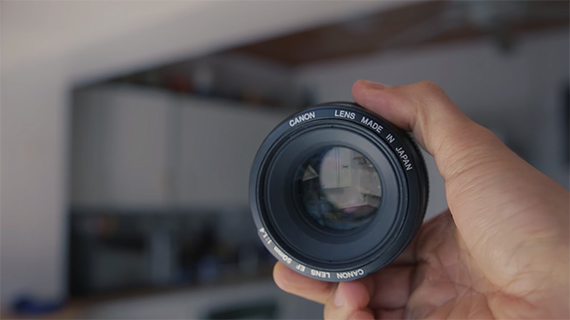
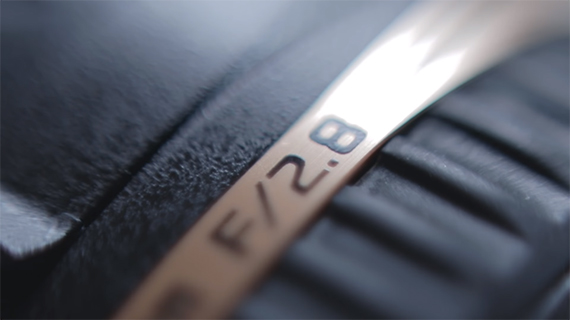
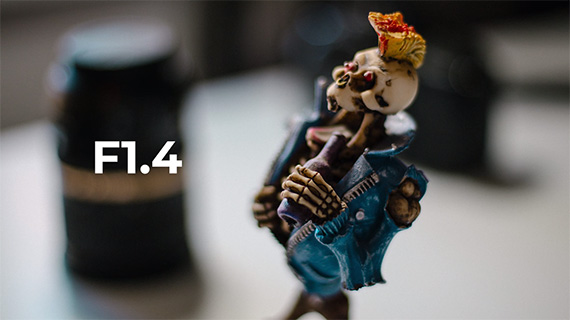
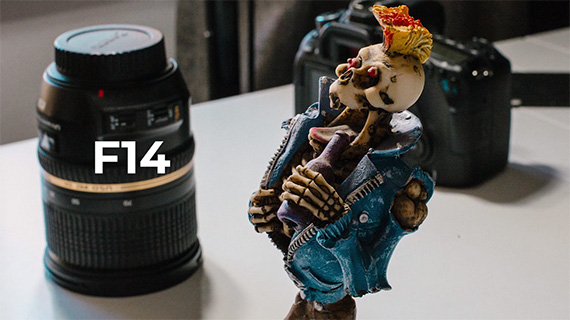
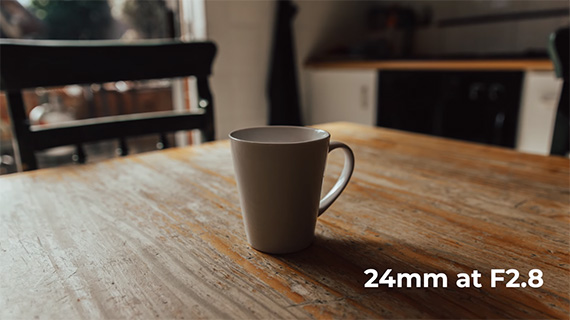
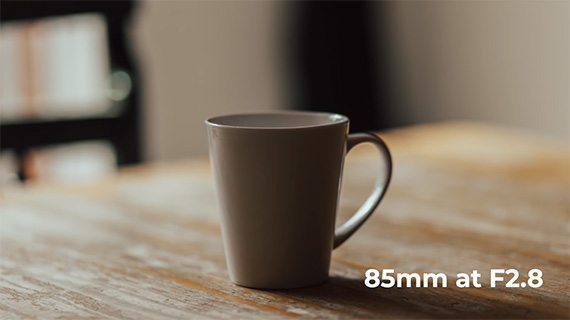
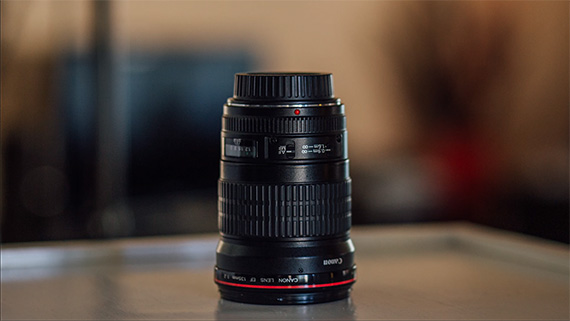






Leave a Reply